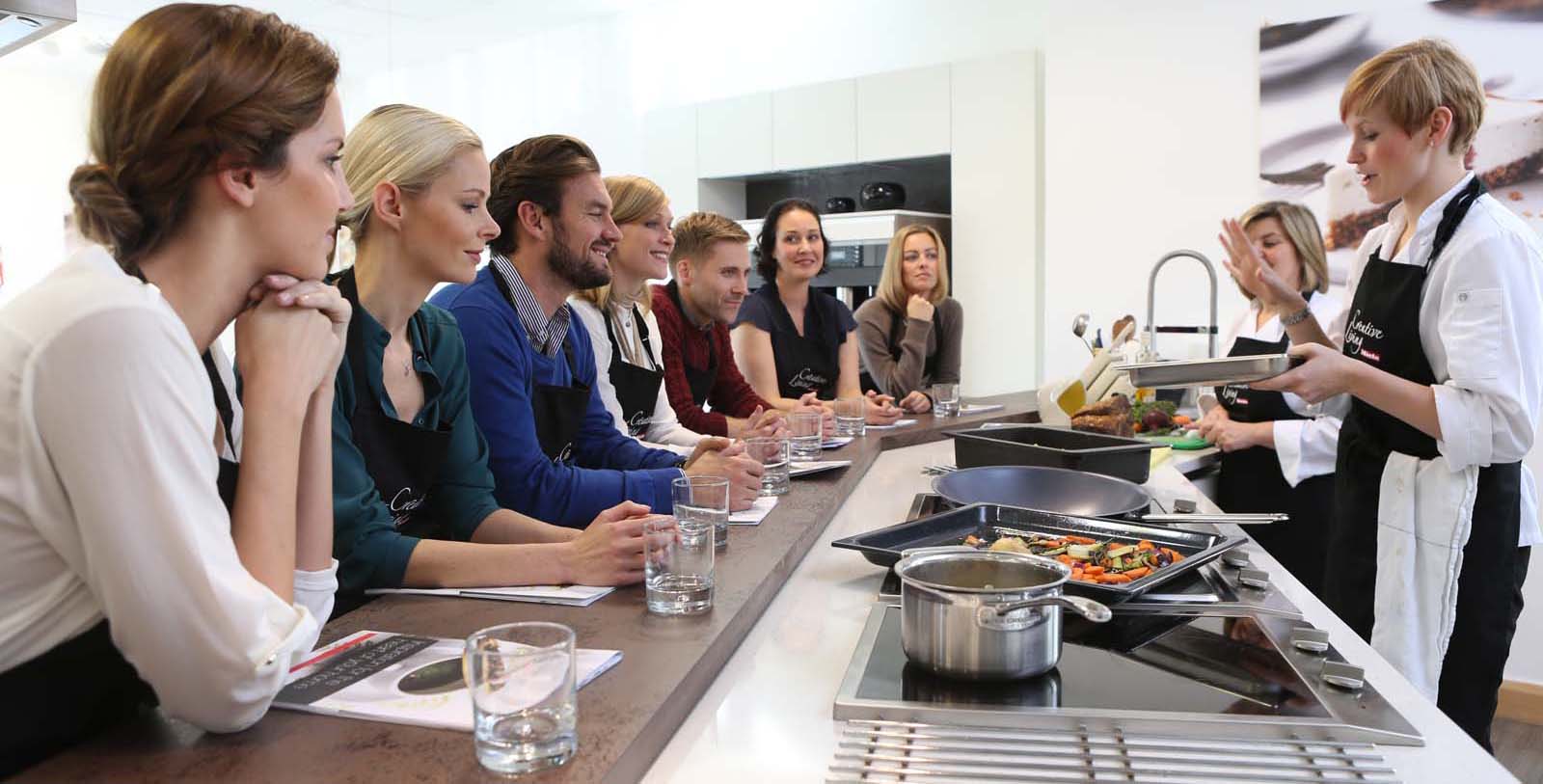So, you’ve decided on the general look and feel of your new kitchen and now it’s time to think about the types of appliances you want and how you can work with your designer to plan where to put them. Everyone uses their kitchen differently, but whether you have a large or small space, being able to move freely around your kitchen is key. Your designer may refer to the ‘Kitchen Triangle’ – historically, this term would be used to describe the correlation between the positioning of the cooker, the refrigerator and the sink. While, it is essential that these elements work together to help save you time and energy, the triangle does not have to be triangle! We’ve identified our top five things to consider when planning where to put your appliances.
1. Size and Work Flow
The size and number of appliances you choose should be in proportion to the size of your kitchen. Firstly, identify where to put your three core work centres – Preparation, Cooking and Clearing Up and try to keep the route between them clear – this will inform the size and number of appliances. In a large kitchen, avoid having to walk around an island to get from one centre to another. And don’t be tempted to hide a large refrigerator in a separate room – it will drive you crazy! You want to ensure you have enough work surface within each area for preparation and setting down dishes, pots and pans.
If space is at a premium, appliances that are too large will dominate the room and compromise storage or work surface area. Opt for compact and multi-function integrated appliances such as the Miele Combination Steam Oven, which offers the precision cooking of a traditional Miele oven with the function to create healthy, nutrient packed dishes using steam.
2. Ergonomics
Appliances installed at eye level or body height offer a more ergonomic and safe design, preventing you from having to stoop to lift out dishes from an oven. Equally, hobs positioned lower than the usual height of a worktop are more comfortable to use. It’s worth mentioning that washing machines and tumble dryers can also be positioned at body height or stacked on top of each other to save space.
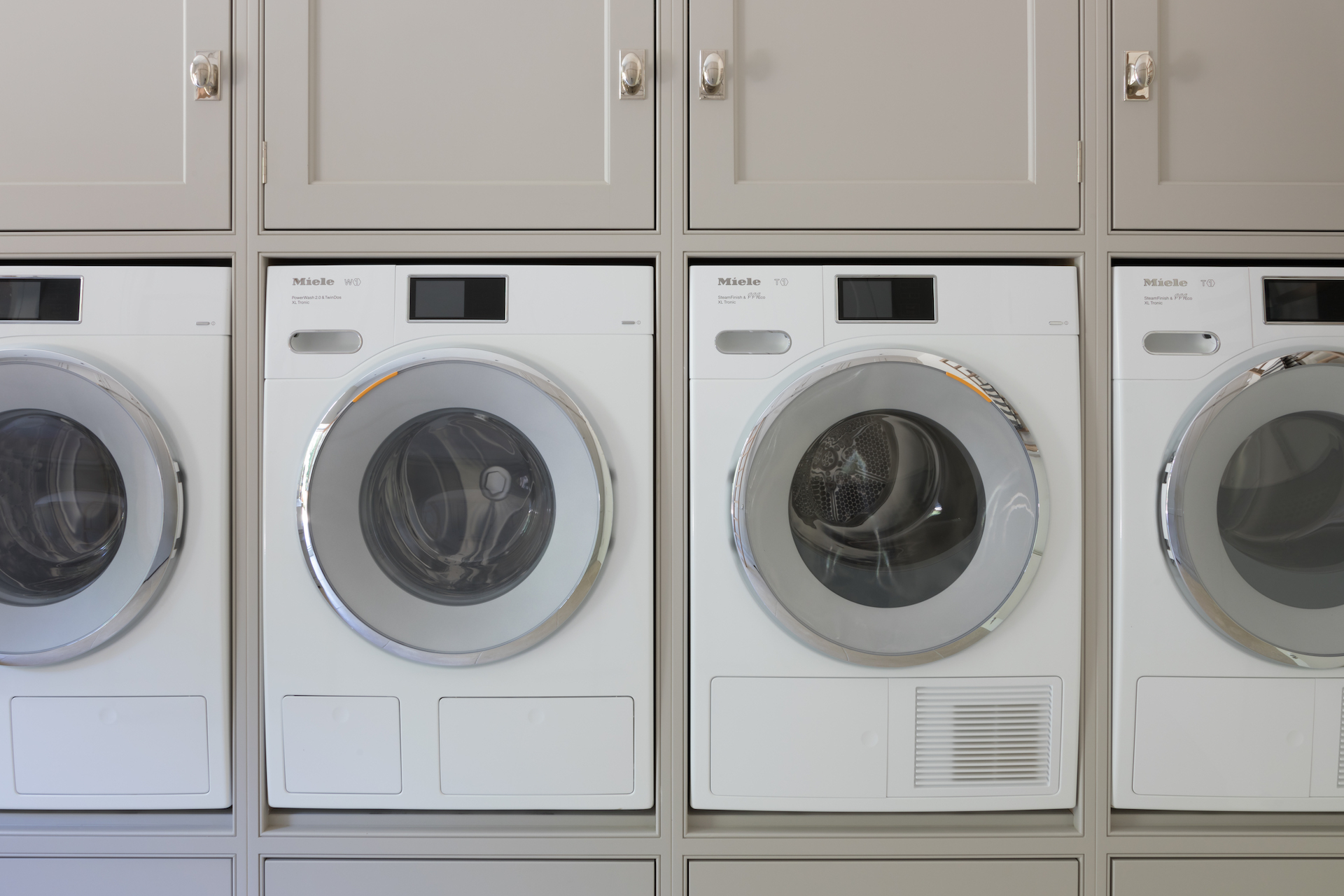 Miele W1 Washing Machines and T1 Tumble Dryers in the Humphrey Munson Cotswolds Country House Project
Miele W1 Washing Machines and T1 Tumble Dryers in the Humphrey Munson Cotswolds Country House Project
*When installing appliances within cabinetry, Miele recommends using an MTS plinth mounting kit {available from Miele} to secure against slippage.
3. Clean Lines, Banks & Features
If you are a passionate cook and love to entertain within a large kitchen, you are likely to want to include an array of appliances that allow you to prepare eclectic dishes with professional style results. Miele Ovens, Microwaves, Steam Oven, Warming Drawers, Vacuum Sealing Drawers and Coffee Machines have all been designed so the trims, fascia, and handles line up and match perfectly allowing them to be ‘banked’ together in a dedicated cooking zone. Popular in contemporary and classic kitchens, not only is banking appliances a practical solution, it helps to keep a kitchen design sleek and symmetrical.
Meanwhile, a super sized Miele MasterCool style refrigerator can be used to create a spectacular visual focal point within a large kitchen design.
Depending on your cooking style, you may desire more than one type of hob in your new kitchen. With Miele, it is possible to combine a variety of hobs for example Gas, Induction, and Tepan Yaki to create your dream combination. Create a design feature by placing them side by side for a streamlined look or with a five centimetre gap between each one so they stand out as separate design statements.
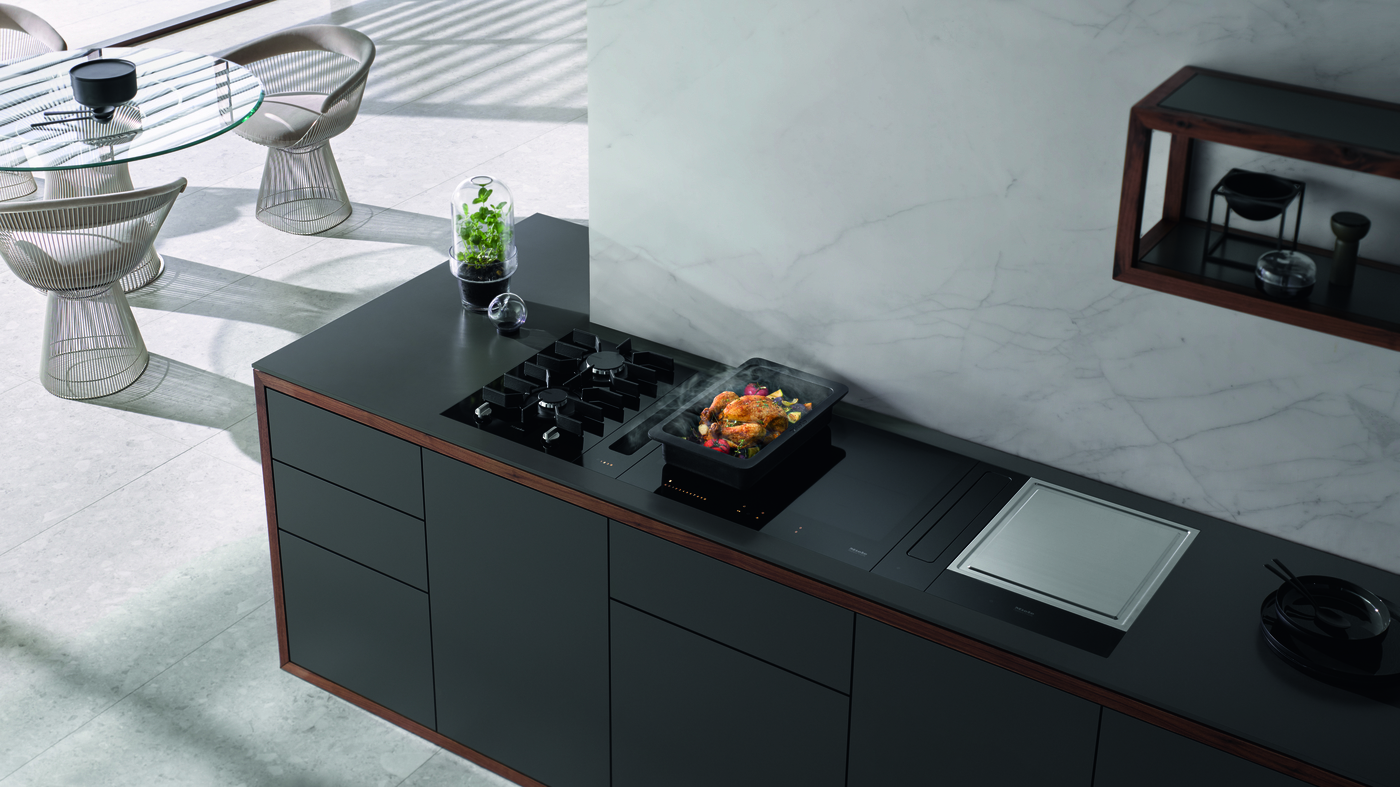
4. Islands
In large kitchens, islands are perfect at optimising storage, work surface and creating an interactive and sociable area for entertaining. Placing your hob on the island means you can talk to your family or guests while you cook but make sure you have efficient extraction. Induction is an ideal choice as only the pan gets hot and not the surrounding area of the hob plus the smooth, clean surface can integrate fully into the work surface. Islands are also a great place to locate wine conditioners – these are show-stopping, less frequently used appliances so do not need to be part of the kitchen work flow. Top tip – allow 1.2m wide area for the walk way around your island and avoid placing appliances directly opposite each other to keep the pathway clear.
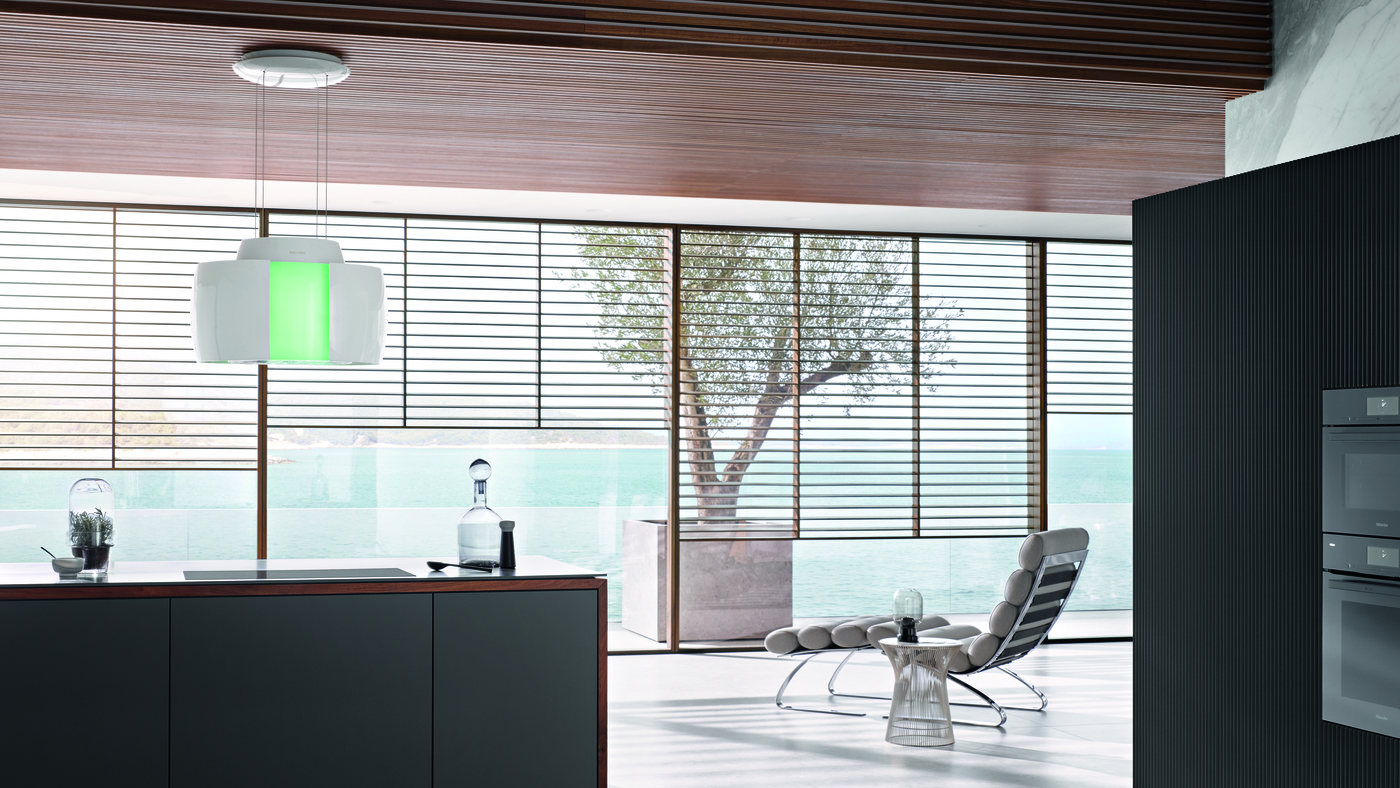
5. Small Appliances
Small appliances such as free standing coffee machines, toasters, food processors and mixers stored on work surfaces can look cluttered and untidy. When planning your kitchen design, think about creating a dedicated area for these essential kitchen helpers so that they can be easily accessed, used and stored away. A pull down tambour unit can be perfect for this.
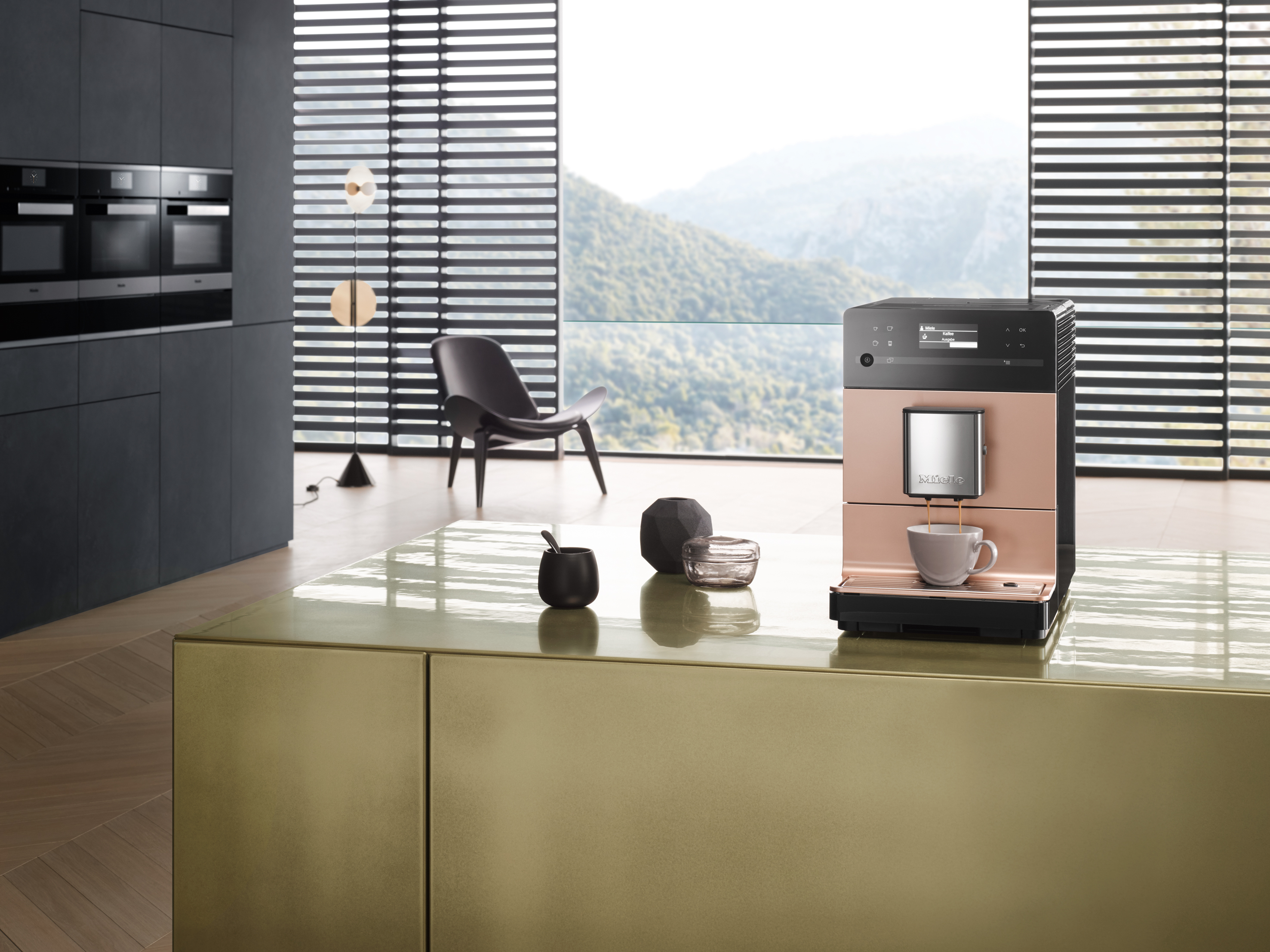

Planning Your Kitchen?
Discover the precision and accuracy of Miele with a complimentary 5 course taster menu that brings the appliances to life.

